17 incredible facts about ancient civilizations (18 photos)
It seems that today discoveries are being made at every step, and mysteries are becoming fewer and fewer. However, ancient civilizations left behind many secrets that will last scientists for many centuries. Here are facts that will make you look at ancient people differently. 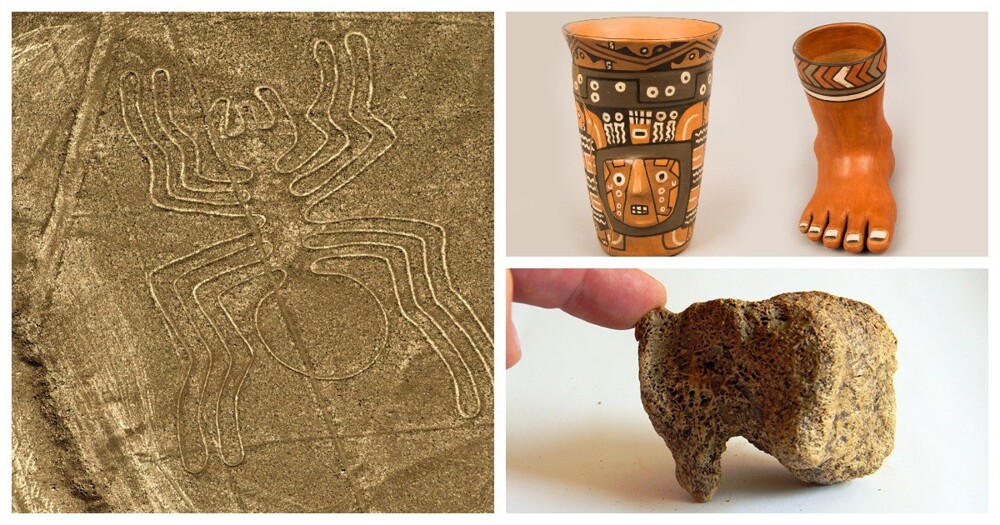
1. Brewers of the Wari culture 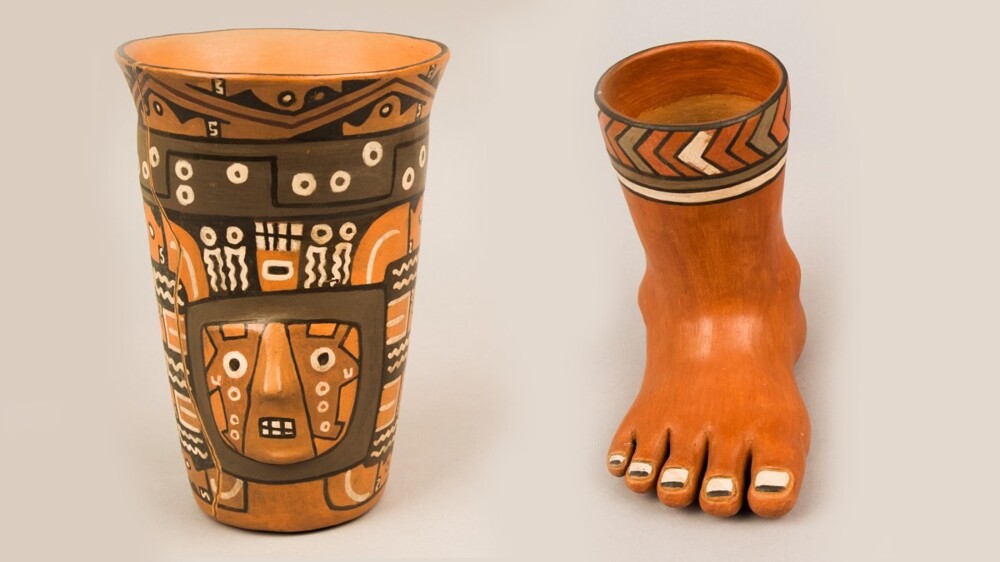
The Inca civilization was preceded by the ancient Huari culture. For hundreds of years it flourished in the Andes Mountains of Peru.
The Indian people made our list because a 2005 study by the University of Florida and the Field Museum found that Wari brewers were women.
And not just “women”. These were not slaves and not just hard workers, but representatives of the elite, and even incredibly beautiful. The alcoholic drink, which was prepared by the most talented women 1000 years ago, was called “chicha”. It was made from the fruits of the Peruvian pepper tree and corn.
2. Earthquake and Sanxingdui Civilization 
Sanxingdui is an ancient Chinese civilization and settlement that flourished in the Sichuan province of China. The developed culture was forgotten for thousands of years, until in 1929 a peasant discovered jade and stone artifacts while repairing a sewer canal.
War and flood are the two most popular theories to explain the strange disappearance of Sanxingdui. However, in 2014, Niannian Fan from Tsinghua University in Chengdu, China, reported in a study how the natural disaster affected civilization. About 3 thousand years ago, a strong earthquake caused devastating landslides that changed the course of the Sanxingdui River. Residents simply moved to a new place.
3. Initially, barbarians called people who did not know Greek 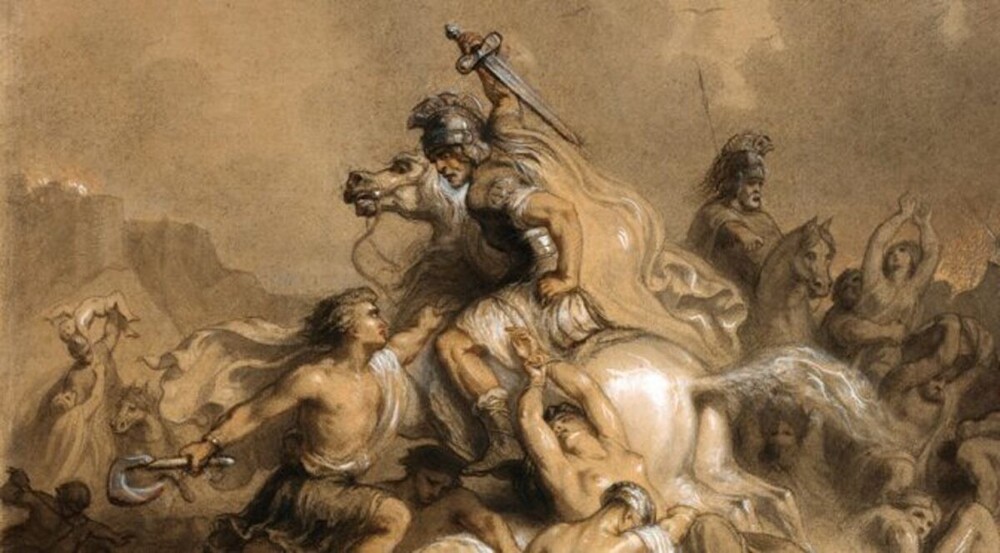
You see, the ancient Greeks thought that the speech of foreigners sounded like babble (bar-bar-bar), and therefore called them "barbarians."
The Greeks did not abandon the achievements of developed civilizations, but their non-Greek-speaking inhabitants were still called “barbarians.” The term "barbarian" was used by the ancient Romans as well as the Greeks. Barbarians were people who did not live on the territory of the Roman Empire and did not speak Latin. It was only during the Middle Ages that the term “barbarian” acquired its pejorative meaning as it is known today.
4. The Carthaginians sacrificed babies 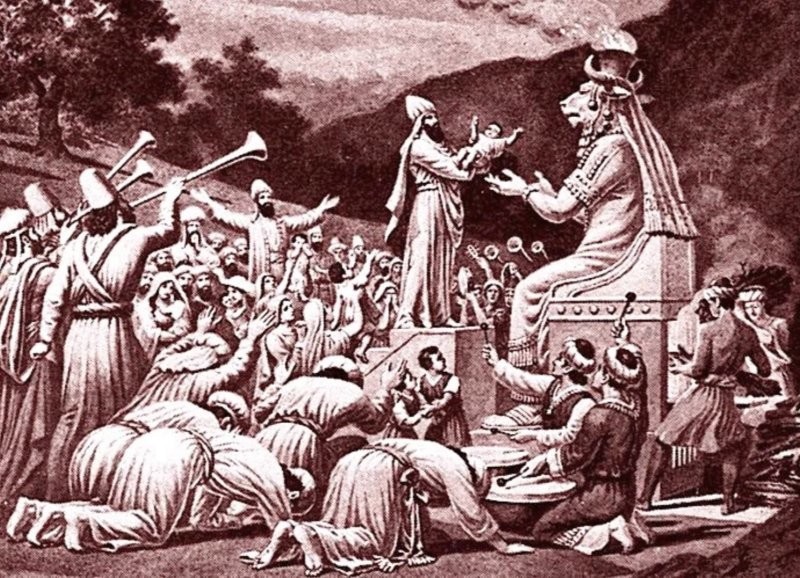
Scientists have debated for decades whether it was practiced in ancient Carthage, which existed since 800 BC. to 146 BC, child sacrifices.
At the beginning of the 20th century, on the site of Carthage, archaeologists found sanctuaries with the remains of hundreds of cremated babies. Archaeological and literary evidence, as well as inscriptions and drawings on tombstones, indicate that the Carthaginians actually engaged in this heinous practice.
5. It wasn’t just the Romans who invented the republican form of government. 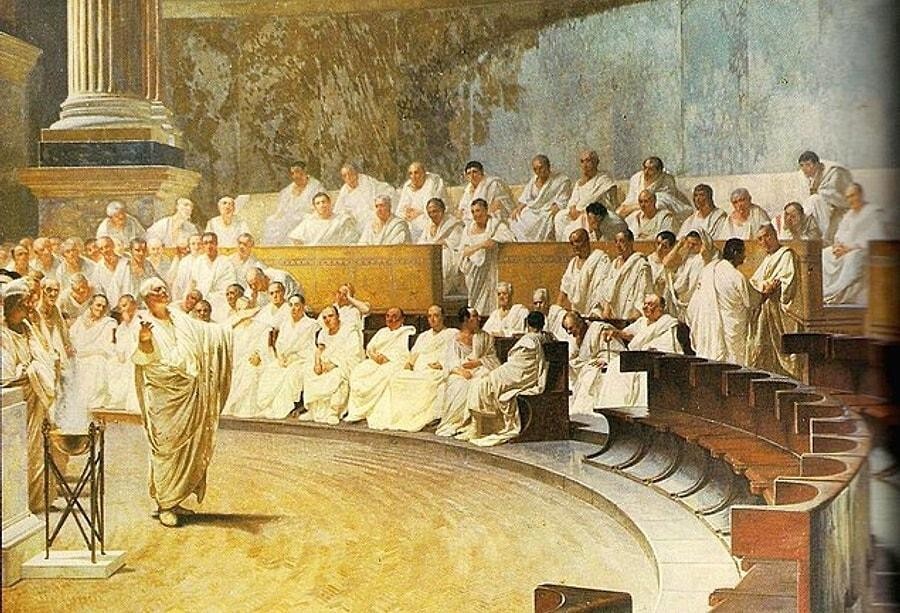
Greece? Democracy. Rome? Republic. India? To be fair, it is worth noting that most of us were not told anything about the political system of Ancient India.
Around the same time that the famous Republic was established in Rome, some cities and towns in India adopted republican concepts such as representation and participatory decision-making.
Republican ideals in India and Rome developed independently of each other. The first mention of a republican form of government in India dates back to approximately 600 and 480 AD. BC.
6. Plastic surgery in Ancient India 
Unlike the Greeks and Romans, ancient Indian warriors did not wear helmets. In battle, they were often injured and lost body parts. Therefore, doctors have developed treatment methods that are not inferior to modern surgical operations.
Since many people lost their noses as a result of wars and harsh punishments for minor offenses, Indian surgeons learned to perform rhinoplasty. A flap of skin was removed from the patient's forehead and placed over the nasal openings. During the healing process, hollow tubes were inserted into the nasal openings to form the nostrils. The first successful operations were documented around 500 BC.
7. Scandinavian sheafr 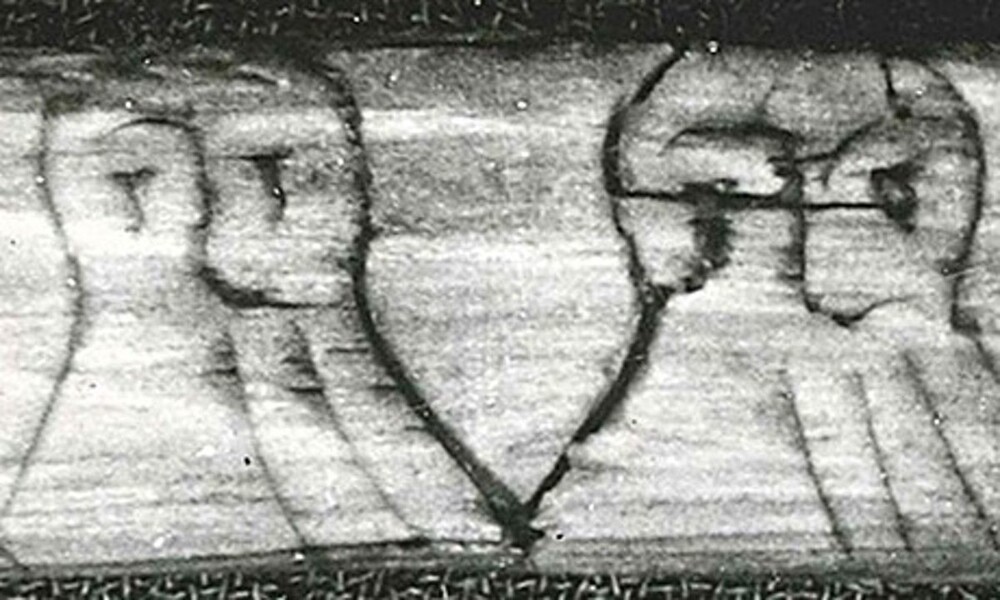
Crypto-anthropologists recently deciphered the Viking code of the late Middle Ages, which remained a mystery for many years. This was made possible by a small Rosetta Stone - a modest engraving on which two people wrote their names in both code and basic runic script.
An 800-year-old code called Jötunvillur turned out to be a joke. The message read: "Kiss me."
8. Strange “coins” of the Neo-Assyrians 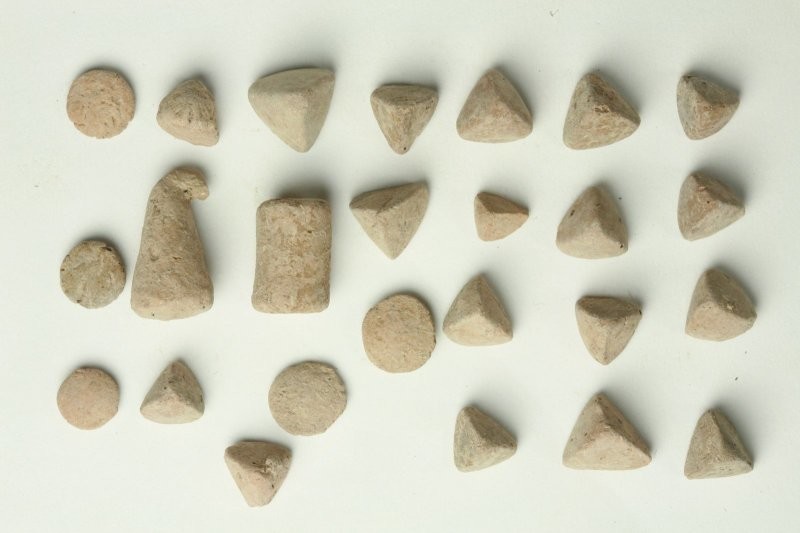
In Ziyaret Tepe, Türkiye, archaeologists have discovered a collection of oddly shaped coins. Shaped from pyramids to wizards' hats, the pottery served as tokens for the trade that took place in the ancient city of Tushan.
They were thought to have disappeared around 3000 BC. However, recent finds date back to around 1000 BC, when cuneiform was already in use. Despite the obsolescence of clay coins, people still exchanged them and did not simply record transactions in writing.
9. Climate change led to the collapse of the Harappan civilization 
It is surprising that the Harappan civilization, which was superior in population, democracy and development to ancient Egypt and Mesopotamia, is the least known of the world's first great cultures.
During its heyday, this civilization occupied an area of about 1 million square meters. km, covering the territories of modern India, Bangladesh, Nepal and Pakistan. Unfortunately, it disappeared about 4,000 years ago, and the reason for this remained unclear until recently.
Experts have reconstructed the landscape of waterways and plains where the Harappan civilization flourished, and found that climate change has led to the drying up of rivers that supported agricultural activities. This led to the death of large cities and the flight of residents to the East, in particular to the Ganges River valley.
10. Fall of Cahokia 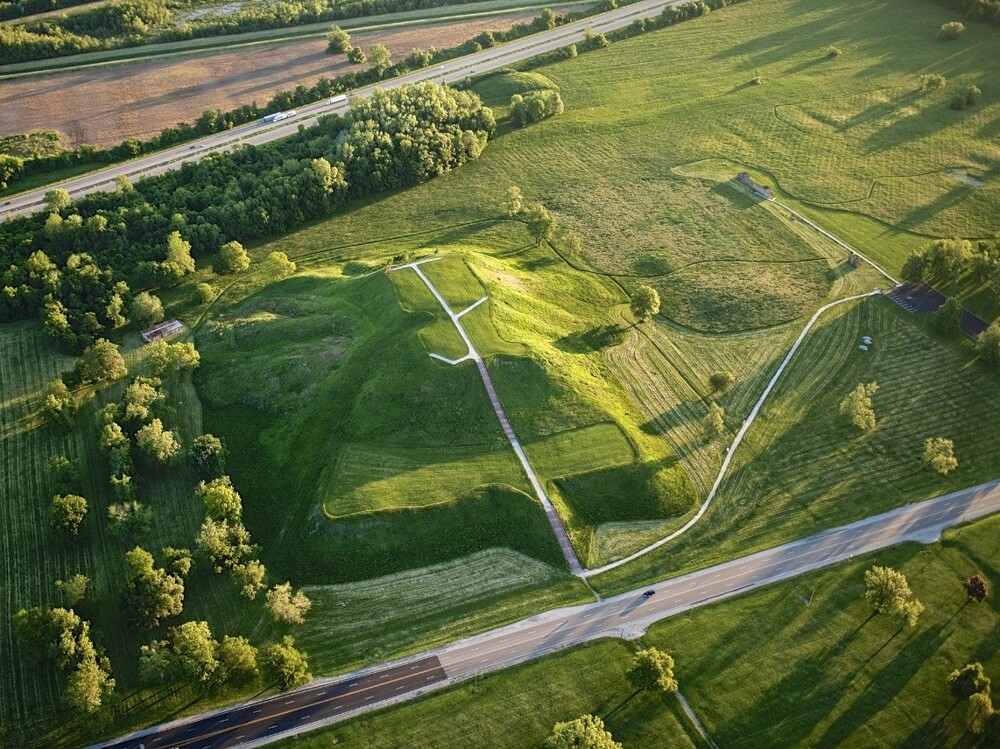
About 1,000 years ago, Cahokia was the largest city in North America, with 120 mounds spread over an area of 15 square kilometers. km. Its population of 20 - 40 thousand people exceeded the population of London and other European cities of that time.
Scientists have established that the death of the culture occurred about 700 years ago due to terrible floods and flooding of the city.
11. The mysterious civilization that crushed Phrygia 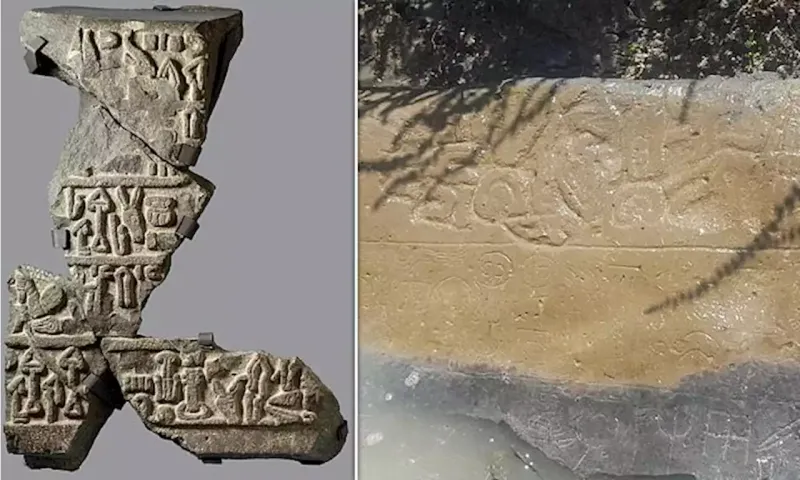
A resident of Turkey found a stone with strange inscriptions in the river and handed it over to scientists working at the archaeological site of Türkmen-Karahoyuk. Upon closer examination, it turned out that the text was written in the Luwian language and dates back to the 8th century BC.
The artifact contained an unexpected story about the defeat of Phrygia and the subsequent capture of King Midas by an unknown people led by King Hartapu. Until now, little is known about this rival state and its mysterious leader.
12. Dwarfs in Ancient Egypt 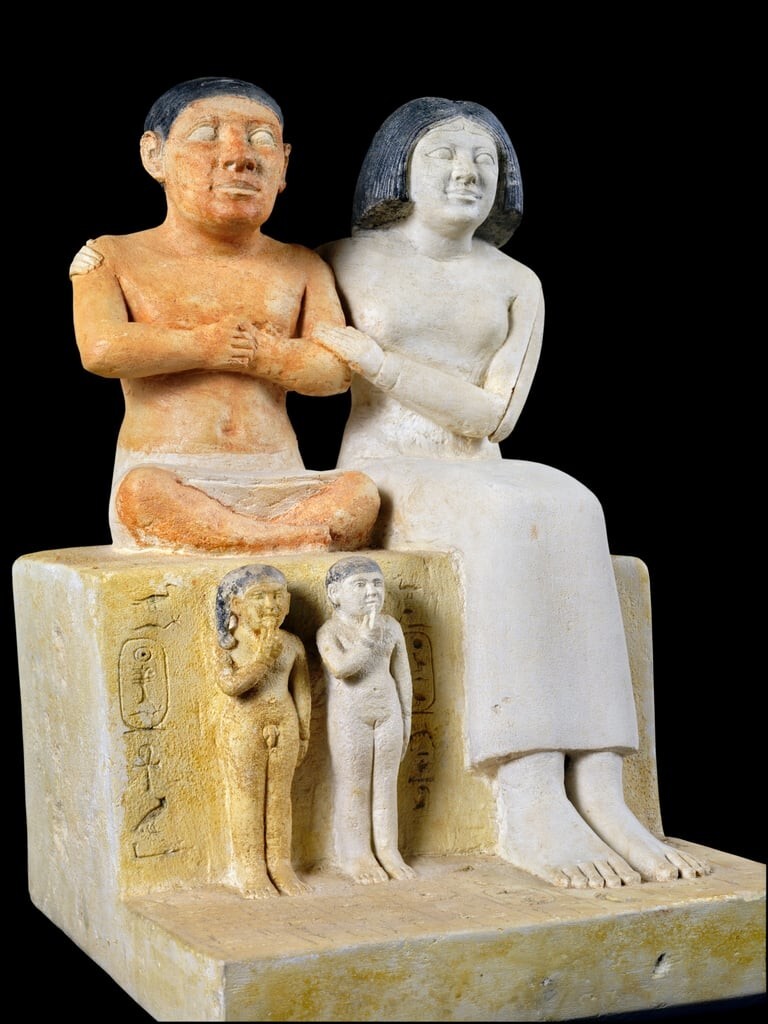
A 2005 study published in the American Journal of Medical Genetics found that dwarfs were held in high esteem by the ancient Egyptians as early as 4500 BC. Experts came to this conclusion after studying artistic evidence and tombs.
In works of art, dwarfs were depicted as jewelers, personal assistants, and artists. They occupied key positions and were so valued that they had luxurious burials on the territory of the royal cemetery.
13. Highly developed garamantes 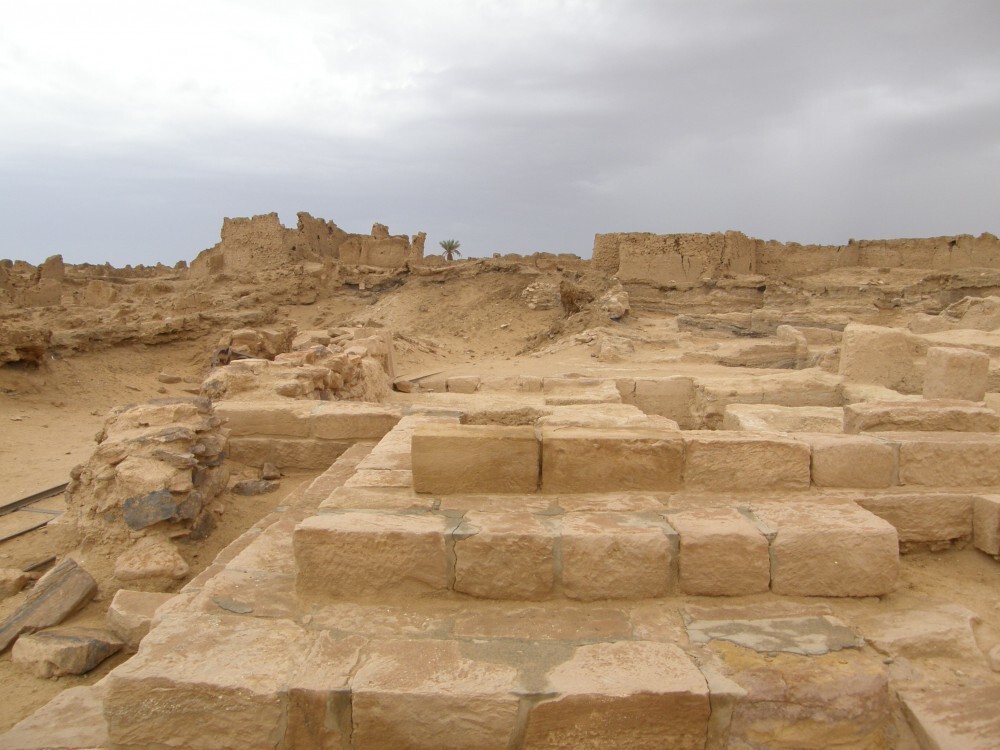
Garamantes are an ancient people who lived on the territory of modern Libya.
In 2011, scientists from the University of Leicester discovered more than 100 fortified farms, towns and villages built by the Garamante civilization between 1 and 500 AD. Despite the fact that the Romans considered the Saharawis to be "uncivilized nomads", these structures and settlements indicate that the Garamantes were indeed highly developed. Not only were they good builders, but they were also the first to create oases and were also involved in trans-Saharan trade.
14. Blood on an ancient mask 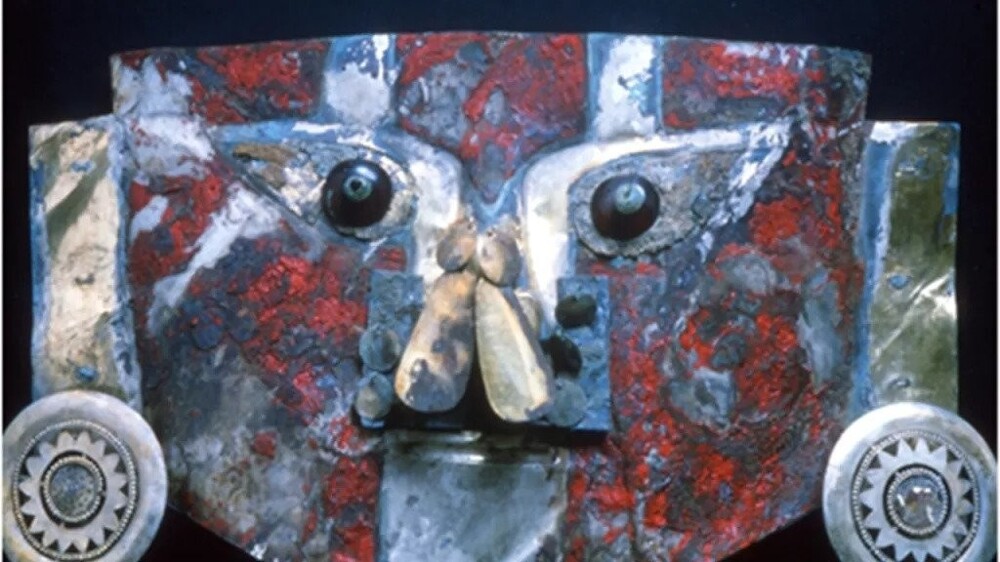
Before the advent of the Incas, the Sicans lived on the territory of modern Peru for 500 years.
In the 1990s, archaeolThe Ogi discovered a Sican tomb over a thousand years old. A man was buried inside along with two women and two children. But that wasn't the strangest thing. Archaeologists discovered that the man's skeleton was painted red, as was the mask covering the split skull.
Scientists at Oxford University studied the paint and found that the Sicans used a mixture of human blood and egg white as a binder. Perhaps they were trying to bring back a person from the world of the dead with blood.
15. Weapons made from human bones 
In ancient times, a piece of land known as Doggerland connected mainland Europe and Britain. It was during that era that the indigenous inhabitants of these places made tips for arrows, harpoons and spears from bones.
Recently, while analyzing ten such weapons, researchers made a frightening discovery. Eight of them were made from deer bones, and two were made from human bones. The question of why human bone was chosen, and not more durable and accessible materials, is still unanswered.
16. The death of the Nazca civilization 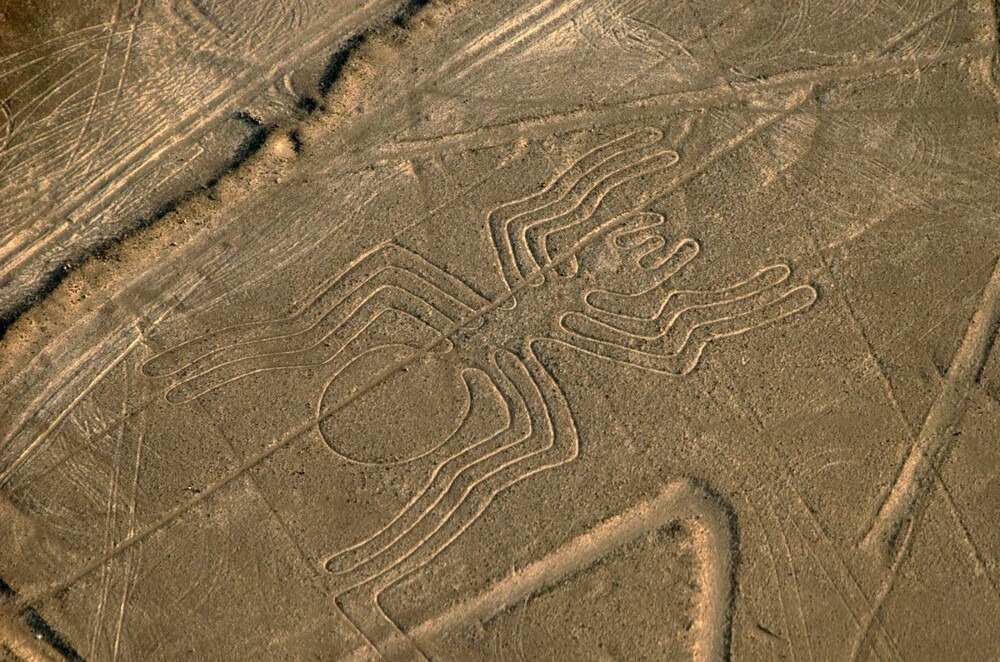
The Nazca civilization, known for its large-scale artistic works, disappeared about 1,500 years ago. Initially, the death of the culture was associated with the natural phenomenon of El Niño, but new research has shown that widespread deforestation played an important role.
Archaeologist David Beresford-Jones of the University of Cambridge discovered that the Nazcas cut down Huarango trees to make way for corn and cotton. And these trees played a vital role in maintaining the floodplain. There was a severe flood, the lands became unsuitable for agriculture.
17. Figurines made from mammoth tusks 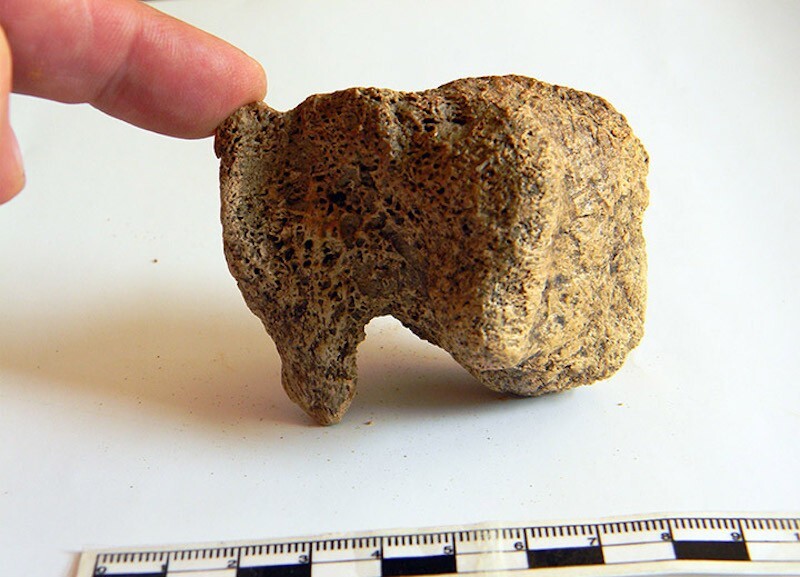
In Siberia, a prehistoric community knew how to turn mammoth tusks into a kind of plasticine, from which they sculpted animal figures that hardened. Probably, toys or jewelry were made using this technology. Bizarre items over 12,000 years old were discovered in 2000.





















